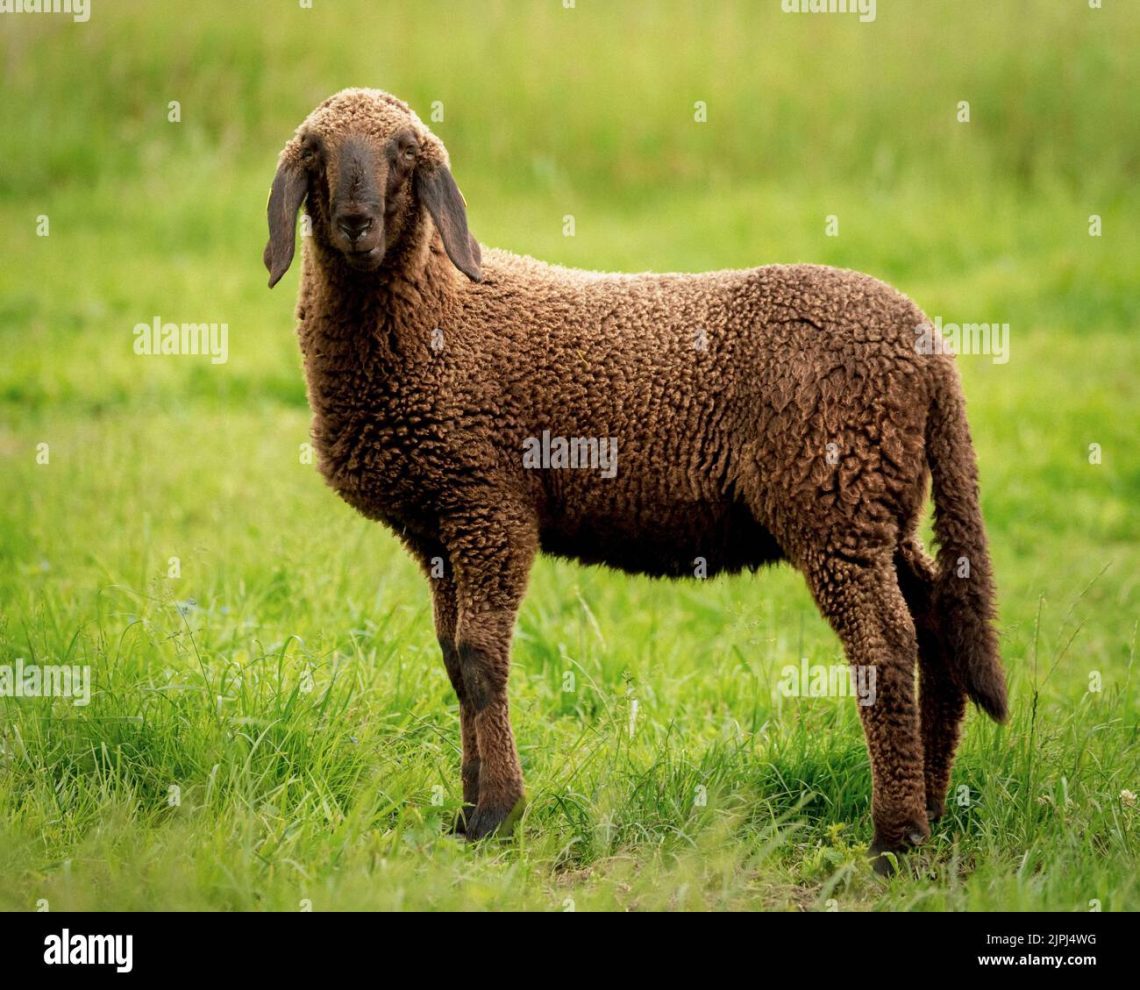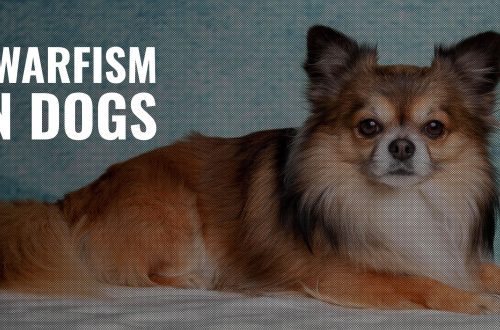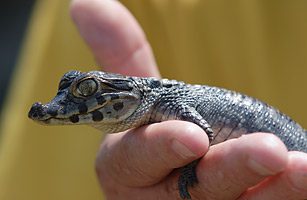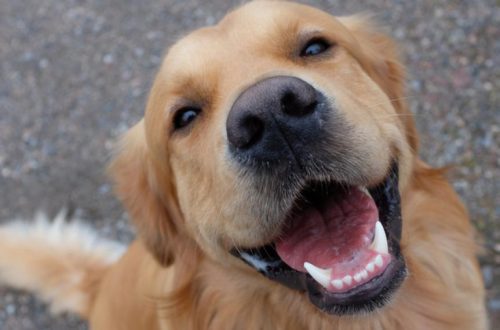
Hissara karazana ondry: karazany, ondrilahy sy ondry Hissara
The Hissar fat-tailed sheep is the largest sheep of the meat-fat breed. The breed is coarse-haired. As for weight, an adult queen can weigh about 90 kg, and a ram up to 120 kg. The best representatives of this breed can weigh up to 190 kg. Fat and lard can weigh up to 30 kg in such sheep.
Hevitra ato Anatiny
Benefits of the Hissar sheep
Fat-tailed sheep have a special difference – precocity and rapid growth. These pets have some advantages, let’s look at some of them.
- Enduring severe weather conditions. It is for this reason that they are bred even in not particularly favorable areas;
- Savings in food. The Hissar breed of sheep eats only pasture. They are able to find this food even in the steppe and semi-desert.
- No need for performance improvements. This breed was bred as a result of spontaneous crossings.
The Hissar breed of sheep grazes well in places such as the steppe and slopes. Therefore, they can graze all year round. Animals have such a dense and warm skin that you can even do without a sheepfold.
Signs of the Hissar fat-tailed sheep
The animal does not have a beautiful appearance. At the Hissar sheep long torso, straight and long legs, well built torso and short coat. From the outside, it may seem that the Hissar fat-tailed sheep is thin, but it is not. As for the height, sometimes it reaches one meter. She has a small head, at the base of the nose there is a hump. There are also hanging ears. There is a short but rather wide neck. Due to the fact that the individual has a protruding chest, experienced specialists can easily determine their breed.
As for the horns, they simply do not exist. The fact is that even the rams themselves do not have a horny cover. The animal has a raised tail, which is clearly visible. Sometimes in a sheep of a greasy type, this fat tail can even reach 40 kg. And if you feed a sheep, then it can be more than 40 kg. But the bulk has a fat tail weighing 25 kg.
Sheep have dark brown fur. Sometimes the coat color may be black. The animal has a weak overgrowth. In a year, a ram gives no more than two kilograms of wool, and a sheep up to one kilogram. But unfortunately in this wool there is an admixture of dead hair, as well as an awn. For this reason, this wool is not entirely suitable for sale.
Toetra ankapobeny
If we consider the indicators of the issuance of meat, as well as fat, then these sheep are considered one of the best. Also, it should be noted that these animals have high milk qualities. For example, one sheep can produce up to 12 liters in two months. If the lambs are transferred to artificial fattening, then all Hissar sheep will have such indicators. About 2 liters of milk comes out per day. Given that the young are growing and growing fast enough, they can be grazing from the second day of life. If you organize high-quality grazing, balanced feed, and nutritious grass, then the lamb is able to gain 5 grams per day. This is a very large indicator.
The animals discussed in this article are very hardy. They are able to move not only during the day, but also at night. They can handle long distances with ease. For example, if it is necessary to make a transfer from a summer pasture to a winter pasture, then a sheep will easily overcome up to 500 kilometers. Moreover, it does not appear on its appearance. Her breed was created for such purposes.
Use of wool
Despite the fact that sheep wool of this breed not used for fabric productionanimals still need to be sheared. They are sheared twice a year. If you do not shear the Hissar fat-tailed sheep, then in the summer it will be very difficult for them. Local residents use the resulting wool to make felt or coarse felt. Such wool cannot be stored for a long time, and if the farmer only has a small flock, then it does not make sense to bother with such wool. Moreover, parasites start up in the wool, which can bring a lot of problems.
Ny fisian'ny katsentsitra
Hissar breed of sheep should be periodically checked for the presence of parasites such as parasy sy kongona. Animals are disinfected, and those animals that come into contact with them are also monitored. Often fleas are found in dogs that are close to the flock. Thanks to modern means, sheep farmers can easily rid their animals of unpleasant insects. In just a few days, it is possible to destroy both ticks and fleas.
As a rule, processing is carried out immediately with the entire flock, otherwise it will be meaningless. Parasites that have not been removed will soon move onto the cured sheep. Processing is carried out in open space. To do this, use special drops, as well as shampoos. To enhance the effect, it is necessary to hold the sheep in the place where the disinfection takes place for some more time. It is also necessary to disinfect the barn where the flock is kept.
But there is a significant disadvantage in this breed. They are not fertile. Fertility is about 110-115 percent.
sheep types
An animal of this breed can be of three types. They can be distinguished by the direction of productivity:
- A greasy type with a large fat tail. These sheep have much more fat than other types of sheep. It should be noted that the fat tail present is about a third of the animal.
- Meat-greasy type. They have a weighty fat tail, which is pulled up to the level of the back.
- Meat type. The tail is pulled high to the back, so it is not so noticeable.
Fepetran'ny fitazonana am-ponja
Regardless of what type the Hissar sheep belongs to, it is kept in exactly the same way. As a rule, in winter, the flock is driven to the mountains, to those places where there is no snow. And in the summer they are lowered to pastures that are near the house. Toetran'ny andro ratsy able to scare only a shepherd, and the sheep are not afraid of them. Wool dries quickly enough in the sun, and thanks to haircuts, there are very few of them at all. But these animals do not tolerate moisture and prefer the driest spaces. They do not tolerate wetlands. But they endure frost with firmness.
If the farmer does not have enough funds, then it is possible to do without the construction of a paddock, a canopy is enough for them. There they can hide from severe cold and lambing. It should be noted that this breed of sheep is nomadic. Animals are accustomed to the fact that during the day they roam. If it is not possible to provide them with long-term grazing, then you should not breed them. This breed is common among Tatars, and they roam with them all year round. At this time, they are engaged in milking, shearing, taking offspring. Camping is a normal way of life for the Hissar fat-tailed sheep.
zava-nitranga
This event is the same for all sheep. Hissar sheep are no exception in this case. But still present iray maningana. The case is almost always free. As a rule, queens and rams graze together. Thanks to this, the offspring is added year-round. Lambs are able to reach a large weight in a short time. Usually they are slaughtered after 5 months. When free mating occurs, a ram can cover more queens.
Typically, queens carry a lamb for 145 days. This is true for any breed. While the uterus is pregnant, they are transferred to more fertile places. There they stay until the appearance of their offspring.
Care of lambs
When the lambs get stronger and gain weight, they surrender for meat. Or they may be driven to poorer pastures. Adult sheep, as well as young animals, are able to find food everywhere. They can bear one fruit a year. It should be noted that colds in these animals are extremely rare. But still, certain vaccinations must be done without fail. Do not think that after their purchase, they do not need to be looked after and looked after. Otara needs care and protection. The breeder will have to do the following: haircut, care of offspring, milking, and slaughter.
famonoana
To get delicious lamb meat, you need to slaughter only young yaros and rams. It is for this reason that they are slaughtered at 3-5 months. Often this is done en masse. As a rule, one or several hundred lambs are added to the flock by this time, which can be slaughtered. Farmers also sell milk and lard. In order to breed Hissar fat-tailed sheep, there is no need to leave for the steppe region. To breed this breed, it is enough to have a large open space. These sheep feel comfortable almost anywhere.
For mass slaughter it will take a special slaughter. In order to slaughter one sheep, it is necessary to hang it upside down, then cut the arteries that are in the neck. It is important that all the blood comes out. It won’t take long, just a few minutes is enough. After the blood is drained, proceed to the actual cutting of the carcass. Summing up, we note that the Hissar fat-tailed sheep can be kept in almost any conditions. But she needs food and care. A large weight is achieved in a short time. From this animal you can get a large number of products such as: meat, lard. This is what attracts livestock breeders.





